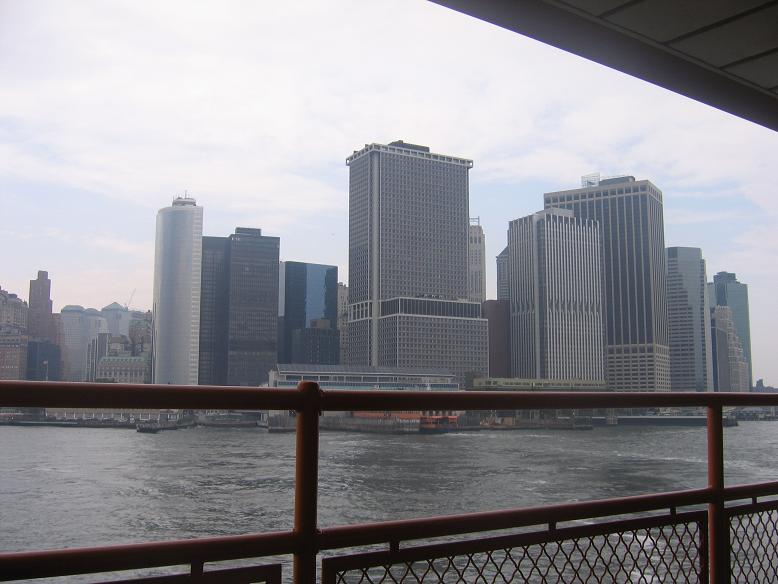This is what researchers from a number of universities claim at the American Geological Society's conference held this week in San Francisco

A meteorite impact off the coast of Long Island 2,300 years ago caused huge tsunami waves in the New York area. This is according to a recently published study. It is not known whether there were any ancient settlements in the path of the deadly waves, but any tsunami that occurs today could flood areas such as lower Manhattan, says geologist Steven Golberg of Vanderbilt University.
The samples from the Hudson River date to around 300 BC, about the same age as samples excavated by a team of scientists on Long Island in 2003. The layers are several centimeters thick and were transported from an area rich in gravel a few hundred meters away. The rocks, some of them the size of a fist, cannot be reached by the waves or the wind, so the hypothesis then was that it was a big storm or a tsunami.
Tsunami waves are usually created following seismic events. Underwater earthquakes for example, caused the great tsunami disaster of 2004 in the Indian Ocean. However, a meteorite impact is also a known cause of tsunami waves.
There are no volcanoes in the New York area and there haven't been any in the past millions of years, says Terin Kagan of Harvard University, who co-authored the study. According to her, this is true in everything related to large earthquakes.
However, Kagan recently found signs of a meteorite impact in sediments excavated at several sites along the Hudson River, on the border between New York and New Jersey. Examples include molten rocks, rare microscopic nanodiamonds, and perfect spherical microscopic rocks called spherules, which form when molten and vaporized rocks are blown into the air by a rock that hit space and solidified in the temporary vacuum created by the explosion.
No crater was discovered, but impact crater expert Dallas Abbott of Columbia University estimates that the space rock was between 50 meters and 150 meters in diameter. Less than that, no serious waves will be created, and if the rock were bigger, an impact crater would be created. Abbott presented her research at the Geological Society of America meeting in San Francisco.

2 תגובות
This New York is never boring for a moment. They even have a tsunami 🙂
check